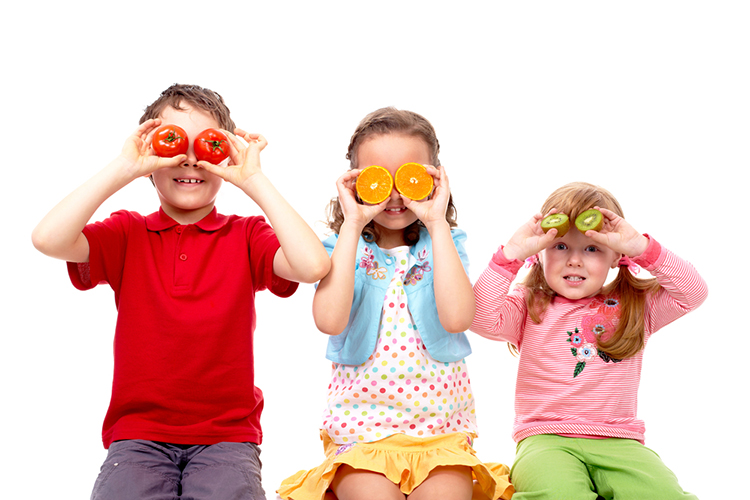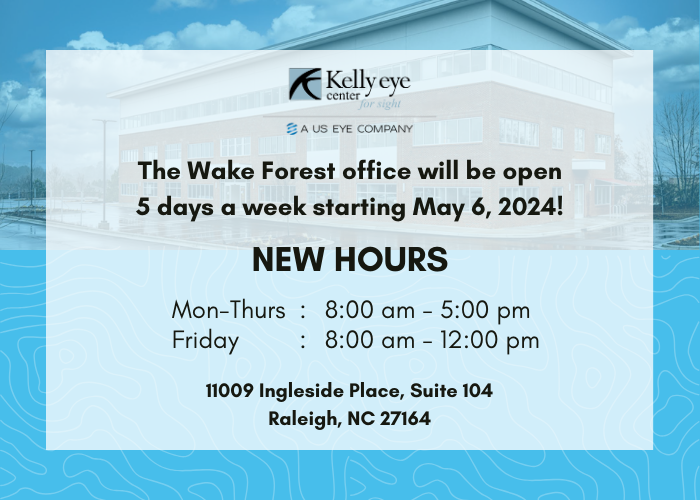
Children’s Eye Health and Safety
Wow! How is it already August? In most parts of the United States, August is back-to-school month. August has also been designated, by the American Academy of Ophthalmology (AAO) and the American Optometric Association (AOA), as Children’s Eye Health and Safety Month. Teaching children at an early age the importance of good vision can lead to a lifetime of healthy vision habits.
Healthy vision begins with good nutrition. Encouraging children to eat a colorful, wide variety of fruits and vegetables will help them receive nutrients that may promote and preserve vision. Additionally, foods rich in essential fatty acids and zinc aid in retinal function and vision development.
Vision development begins soon after birth. Babies need to learn to see just as they learn to crawl and walk. Visual development includes learning to focus and move the eyes in a coordinated manner. A baby’s vision helps them to learn and interact with the world around them and stimulates their overall growth. AAO provides some useful information for parents to help their little one develops their vision, including when to have the first eye exam and common eye and vision problems in babies.
The first vision screening typically occurs as a newborn, shortly after delivery. A second vision screening occurs during the first 6 months to 1 year of life, and this can be performed by an ophthalmologist, optometrist, pediatrician or other trained healthcare professional at a wellness exam. During the preschool years, vision and eye alignment should be assessed to determine if the child has a refractive error or alignment issue. According to AAO, regarding refractive errors and eye alignment issues, “It’s important to begin treatment as soon as possible to ensure vision correction and life-long benefits.”
Vision screening and an eye exam are two distinct procedures. AOA believes it is important for parents to understand these differences. Screenings are limited and have the potential to miss up to 60% of vision problems in children and could possibly miss a vision problem entirely! An eye exam includes dilation to assess the entire health of the eye, checking for refractive errors and color vision testing.
Yearly eye exams are an important part of a child’s overall development. While the Kelly Eye Center begins seeing children at the age of 10, our physicians have some great colleagues, in the area, who specialize in pediatric eye care for children younger than 10. We are happy to recommend a doctor near you.
Resources: https://www.aao.org/eye-health/tips-prevention/children-eye-screening

